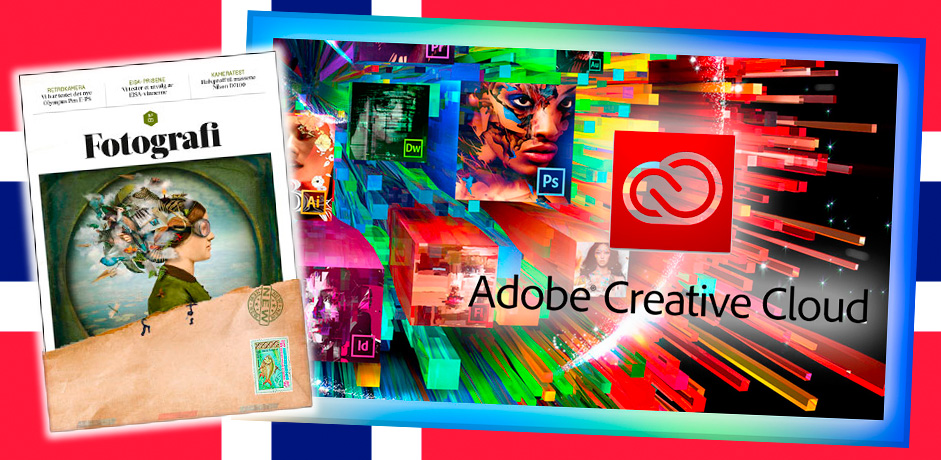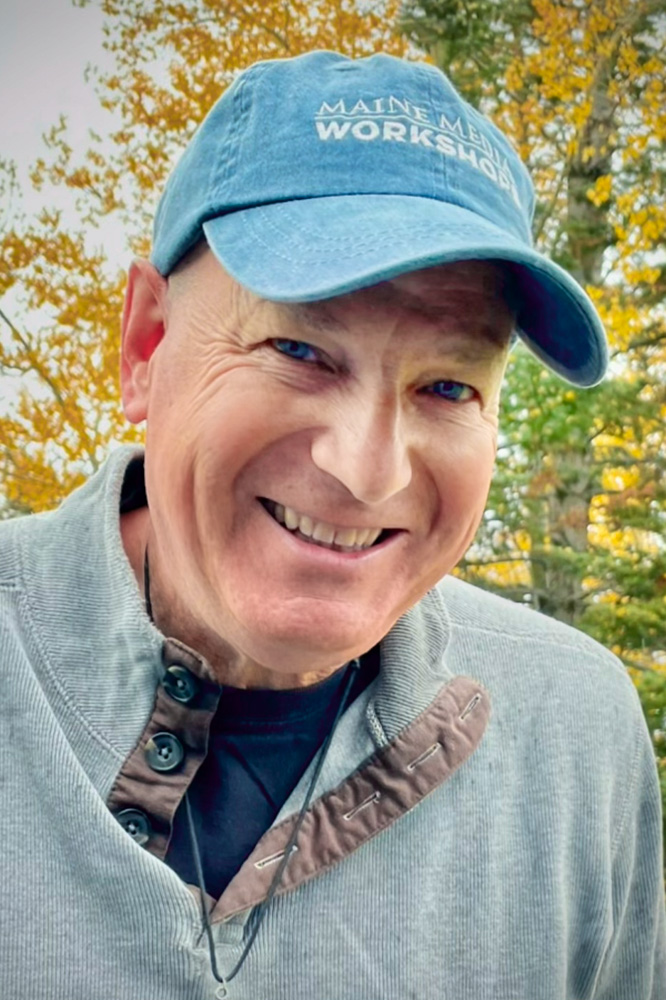Here’s my take on the Adobe Creative Cloud controversy, as published (in Norwegian ; ) by my friends at Fotografi to accompany one of the “Master Class” Photoshop articles they commissioned for the (newly relaunched and redesigned) magazine. This isn’t just about Photoshop, though. It’s about how our tools shape our process.

Regarding Adobe’s Creative Cloud subscription model
Why am I writing another Photoshop article in the wake of the recent controversy surrounding Adobe’s introduction of a new Creative Cloud monthly-fee licensing structure for Photoshop and other software from the Creative Suite? Some photographers have already abandoned Photoshop for other image-processing software, and many others are exploring their alternatives. Since Adobe introduced its new licensing structure for Photoshop, the web has been awash with the controversy. I say: enough already.
There’s no defending Adobe’s bad attitude or their horrible outsourced customer-service and tech support. That said, the particular process we choose and the tools we use make a difference in our work, as does our comfort level and experience. In the online forums, some people make it sound like it doesn’t matter whether we use Lightroom one day, and switch to Gimp, Aperture, Picasa, or NX, the next. Really? It took me years to become a good black-and-white wet-darkroom printer. The same is true for Photoshop. My friend Antonio introduced me to Photoshop 3.0 in 1994 and now, thanks to lots practice, I “play” the “keyboard instrument” that is Photoshop well enough that magazines and websites ask me to write about it.
In fact, I recently wrote an article for a well-known photo website about using Photoshop’s Adjustment Layers for the kind of typical burning and dodging that used to be done in the wet darkroom. Several readers commented that they could achieve the same results much faster and easier using other software. They said Photoshop makes things too complicated – that there are too many steps. Maybe. But while part of me was thinking about responding (getting into an online battle, really; I would have argued how Photoshop allows for an unparalleled degree of localized control over image adjustments, and the steps I was describing take very little time and effort once you’re familiar with them), something else occurred to me.
I realized that there have always been some photographers obsessed with the darkroom, and others more interested in the camera. Cartier-Bresson, for example, was far more interested in shooting. (He was, in fact, a notoriously bad printer.) Ansel Adams, on the other hand, went so far as to give equal weight to the shooting and the printing. He said, “The negative is the score, and the print the performance.” Then there’s Jerry Uelsmann, whose darkroom work is the most important part of his process: He thinks of his negatives as the starting point to make “post-visualized” wet-darkroom multiple-enlarger composite images.
Simply put, some photographers did their own printing and some didn’t. I did, and still do. I love to. Post-processing is a significant part of my creative process. The tools I use to work on my pictures make a big difference. Image-editing software is not interchangeable. Every app has different strengths and weaknesses. Each has nuances and quirks that take time to get to know. And there’s still a difference between a RAW converter and a pixel-editing program.
Do I care how you get your results? Yes and no. I don’t ask the chef at my favorite restaurant which knives he uses. But maybe another chef would find that interesting. Similarly, large-format cameras aren’t for everyone, nor is the Zone System (invented, by the way, by Fred Picker and Ansel Adams). Maybe now that there are lots of photo-editing programs, Photoshop isn’t for everyone either. Have I reached the point where I’ve been a Photoshop user so long now, I’m using an antiquarian *digital* process? (Funny, right?)
The process and the tools always make a difference to the style of the work: in-camera or darkroom; Zone-System acolyte or casual darkroom user; Nikon or Canon; watercolor or oil paint; Thai spices or Italian… all a matter of personal preference. Perhaps we’ve arrived at a time when we each need to choose our “darkroom” software based on our style, our needs, and our personalities. Maybe Photoshop has become the new Zone-System, to be used only by those crazy few extremists who believe in spending hours on a single-image. Or by professional retouchers, graphic designers, and photographers who need to combine images – or whose process requires a high degree of post-production. I know many superb photographers who do world-class post-production entirely in RAW processors, and have no need for Photoshop.
I do, though. I confess! I still love Photoshop, in spite of all its flaws (and its parents). Maybe it’s an ill-fated romance, but who knows? Maybe we were made for each other.
Regardless of the software, it’s important to remember that the magic of photography lies in its ability to redirect attention and create an emotional response. Whether you do lots of post-capture editing, or light everything to achieve perfect results in the camera, we’re all using the same techniques to create our magic: we make things a little bit lighter or a little bit darker; we change the color and contrast of an image; we decide what to include and what to exclude; we choose what to keep in focus, and what to blur. That may not sound like much, but variations on those deceptively simple-sounding themes are the difference between one photographer’s style and another’s. Those choices are the basis of the art of photograph – how we create a mood, and (like stage magicians) make viewers look where we want them to. The thing is, there are infinite variations on those themes. Some people love studio lighting. Some love available light. Others love shooting – or printing, or Photoshop, or whatever! In my humble opinion, any tools that give us the power to realize our vision are good tools.
Copyright © Jean Miele. June 13, 2013. All Rights Reserved.








